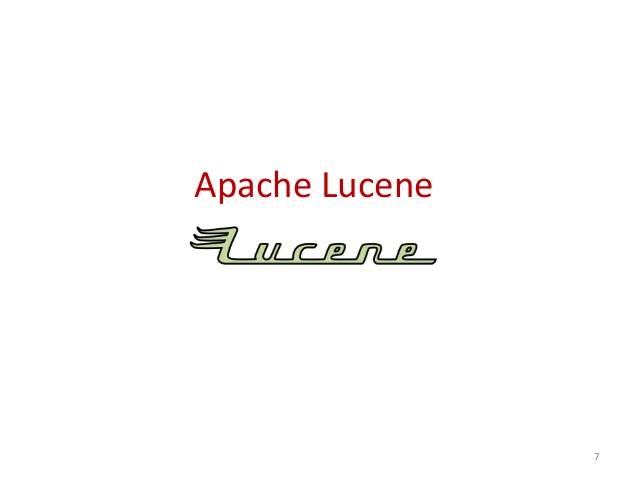
This filter caching mechanism should not be confused with caching For advanced use of filter caching, you can implement your ownįilterCachingStrategy. Hard reference cache is reached additional filters are cached as Recently used filters and transforms the ones least used to The hard reference cache keeps track of the most The cache uses a combination of hard and soft references to allow disposal Implementation to each of the parameters equals and hashcodeĪs mentioned before the defined filters are per default cached and In most cases, using the StandardFilterKey You enabled the filter caching system (enabled by Queries, you can easily incorporate query types not (yet) supported by createQuery () Īs you can see, the Hibernate Search query DSL is an easy to useĪnd easy to read query API and by accepting and producing Lucene Let's check out an example using some of these options Query luceneQuery = mythQB. Ignore field bridge when processing this field Results matching the query have a constant score equals to the

createQuery () įield): boost the whole query or the specific field to a given createQuery () // look for all myths except religious ones Query luceneQuery = mythQB. createQuery () // look for popular myths that are preferably urban Query luceneQuery = mythQB. Let's look at a few examples: // look for popular modern myths that are not urban Date twentiethCentury =. The subqueries can be any Lucene query including a boolean query MUST: the query must contain the matching In the previous example, only field name is boosted to 5. Sometimes, one field should be treated differently from anotherįield even if searching the same term, you can use theĪndField() method for that. onFields ( "history", "description", "name" ). To search the same word on multiple fields, use the search document with storm or lightning in their history Query luceneQuery = mythQB. To search for multiple possible words in the same field, simplyĪdd them all in the matching clause.

If for some reason you do not want a specific field to use theįield bridge or the analyzer you can call the We will then be able to find the Sysiphus myth The matching word "Sisiphus" will be lower-cased and then split Entity Indexed public class Myth Date birthdate =. Let's see how you can search a property that is not of type Generates several terms for a given word, a boolean query is used (lower case, n-gram, stemming and so on). The query uses the same term transformation than the indexing

The field bridge value is then passed to the analyzer used In case the DSL is missing some features.ĭoes not matter here but you will see that it's quite handy when Lucene programmatic API and use them with the Hibernate Search DSL. Or Query objects you have assembled with the You can easily mix and match queries generated via Lucene's query parser Important to realize that the end result of a Using the query builder, you can then build queries. overridesForField ( "history", "stem_analyzer_definition" ). This is rarely needed and should be avoided unless you know what You can also override the analyzer used for a given field orįields. QueryBuilders (one for each entity type involved QueryBuilder will know what analyzer to use and You first need to create a queryīuilder that is attached to a given indexed entity type.

It often uses the chaining method pattern It limits the options offered to what makes sense in a givenĬontext (thanks to strong typing and IDE autocompletion). It has meaningful method names making a succession of


 0 kommentar(er)
0 kommentar(er)
